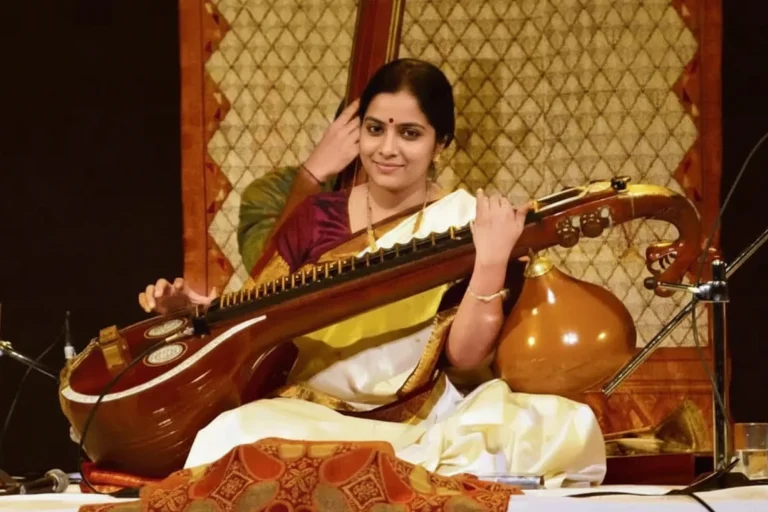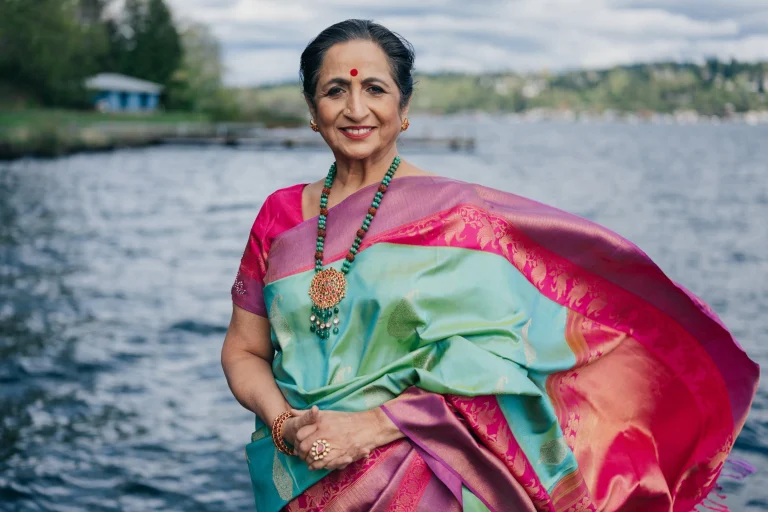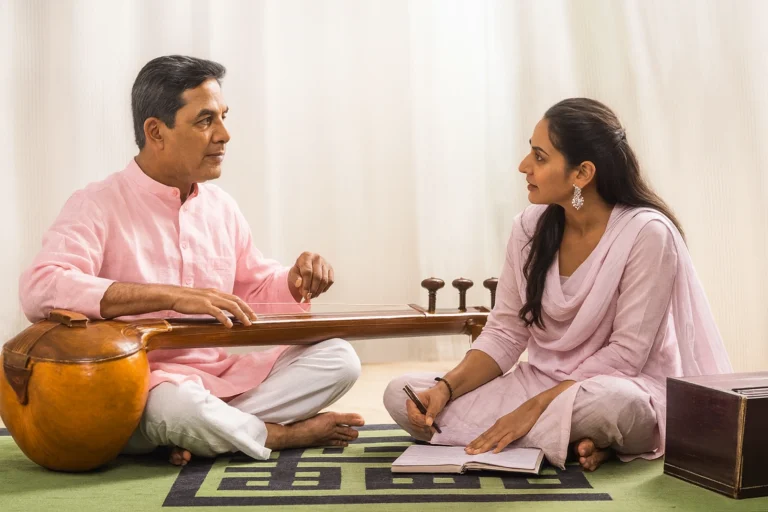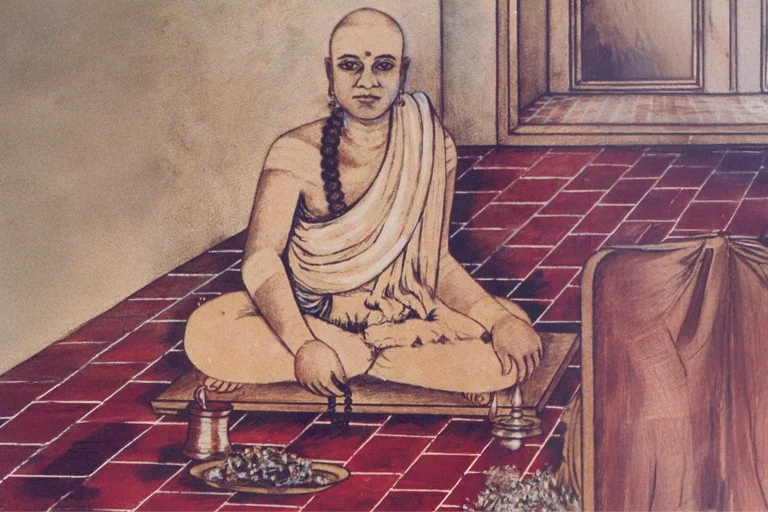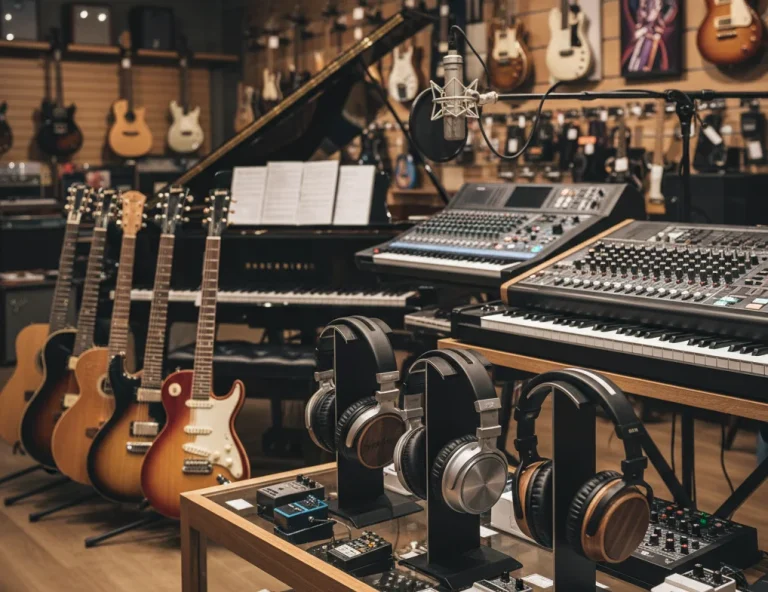All Topics
- Alchemizing Music Concepts for Students
- Artist Spotlight
- artium gift card
- Artium Maestros
- Artium News
- buying guide
- Carnatic Music
- Devotional Music
- Editorials by Ananth Vaidyanathan
- Film Music
- Guitar
- Hindustani Classical Music
- Indian Classical Music
- Indian Folk Music
- Insights
- Instruments
- Karaoke Singing
- Keyboard
- Kids Music
- maestros
- Music Education
- Music for Kids
- Music Industry
- Music Instruments
- Music Legends
- Music Theory
- Music Therapy
- Piano
- piano guide
- Success Stories
- Tamil Film Music
- Telugu Film Music
- Time Theory
- Tools
- Uncategorized
- Vocal Singing
- Vocals
- western classical music
- western music
- Western vocal music
List of Ragas in Carnatic Classical Music
List of Ragas in Carnatic Classical Music
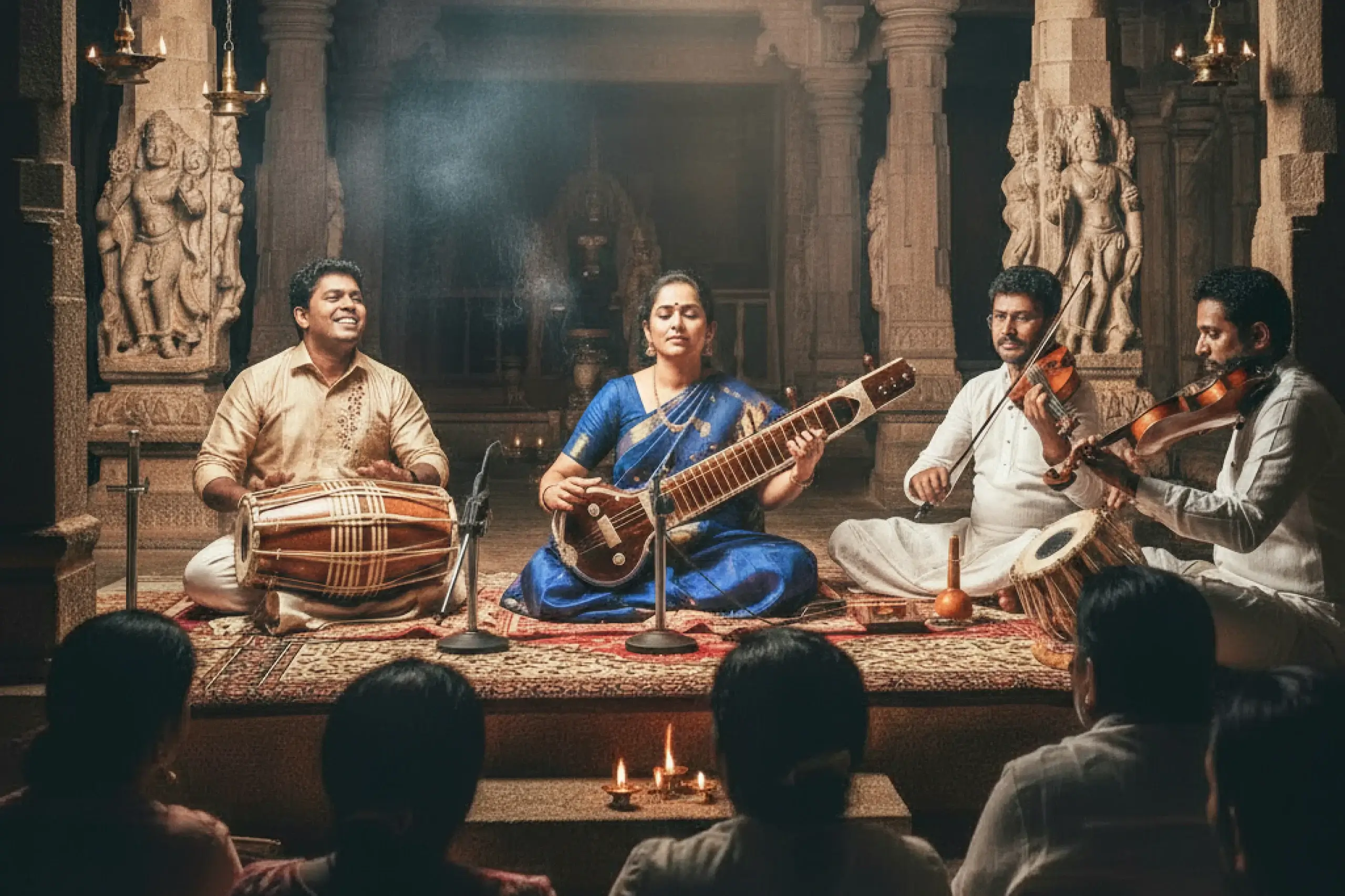
Table of Contents
Carnatic music, the classical music tradition of South India, is built around ragas, melodic frameworks that define the soul of a composition. Each raga carries its own mood, personality, and grammar, often evoking specific emotions such as devotion, joy, or longing. Ragas are not just scales but living expressions that blend arohana–avarohana (ascending and descending sequences), characteristic phrases, and gamakas (ornamentations) to create their unique identity.
For students, learning ragas is the foundation of mastering Carnatic classical music. The journey usually begins with simple ragas like Malahari and Mohanam, which help train the ear and voice, before moving to more complex ones such as Kalyani or Thodi, which expand a learner’s range and depth. Through these ragas, students not only practice swaras and patterns but also develop an understanding of bhava (expression), shruti (pitch), and laya (rhythm).
In this guide, we’ll explore 10 important Carnatic music ragas, their arohana–avarohana, and their role in shaping a student’s learning path. This Carnatic ragas list is designed to help beginners and intermediate learners progress step by step, offering both technical insight and appreciation of the emotional richness each raga brings to Carnatic music.
Mayamalavagowla – The Foundational Raga
- Arohana: S R1 G3 M1 P D1 N3 S
- Avarohana: S N3 D1 P M1 G3 R1 S
- Impact: The very first raga taught in Carnatic music classes. All basic exercises (sarali varisai, janta varisai, alankaras) are set in this raga. It builds pitch awareness, swara clarity, and sruti alignment.
Malahari – Beginner’s Geetam Raga
- Arohana: S R1 M1 P D1 S
- Avarohana: S D1 P M1 G2 R1 S
- Impact: Known as the raga of the first geetams (simple songs), such as Kereya Neeranu. Its limited notes make it simple and beginner-friendly, giving students confidence as they start learning Carnatic music.
Suddha Saveri – Bright and Simple
- Arohana: S R2 M1 P D2 S
- Avarohana: S D2 P M1 R2 S
- Impact: A pentatonic (five-note) raga, uplifting and easy to grasp. It introduces students to audava ragas, teaching them how fewer notes can still create beautiful melodies.
Hamsadhwani – Auspicious and Popular
- Arohana: S R2 G3 P N3 S
- Avarohana: S N3 P G3 R2 S
- Impact: One of the most popular ragas for invocatory kritis, such as Vatapi Ganapatim. Helps learners practice fast-paced swaras and understand ragas used frequently in concerts.
Kalyani – A Raga of Grandeur
- Arohana: S R2 G3 M2 P D2 N3 S
- Avarohana: S N3 D2 P M2 G3 R2 S
- Impact: A major melakarta with prati madhyamam. It helps learners develop bhava (emotion) in singing and teaches how to balance technical precision with expressive delivery.
Shankarabharanam – The Major Scale Equivalent
- Arohana: S R2 G3 M1 P D2 N3 S
- Avarohana: S N3 D2 P M1 G3 R2 S
- Impact: Similar to the Western major scale. Builds a strong foundation for manodharma sangeetham (improvisation). Encourages creativity in Carnatic classical music learning.
Kharaharapriya – Soulful and Emotional
- Arohana: S R2 G2 M1 P D2 N2 S
- Avarohana: S N2 D2 P M1 G2 R2 S
- Impact: Known for its depth and expressiveness. Teaches learners to explore emotional aspects of ragas through alapana and swarakalpana.
Thodi – The Raga of Gamakas
- Arohana: S R1 G2 M1 P D1 N2 S
- Avarohana: S N2 D1 P M1 G2 R1 S
- Impact: A highly classical and gamaka-rich raga. It strengthens voice control and mastery over ornamentation techniques—a hallmark of Carnatic classical music.
Bhairavi – Full of Bhava
- Arohana: S R2 G2 M1 P D2 N2 S
- Avarohana: S N2 D1 P M1 G2 R2 S
- Impact: A grand raga full of emotion. Widely used in varnams and kritis, it develops the ability to express bhava (feeling) while maintaining technical balance.
Mohanam – Simplicity with Beauty
- Arohana: S R2 G3 P D2 S
- Avarohana: S D2 P G3 R2 S
- Impact: A joyful pentatonic raga. Teaches learners clarity, phrasing, and melodic beauty, while remaining simple and accessible to beginners.
Carnatic Music Ragas List and Their Impact on Learning
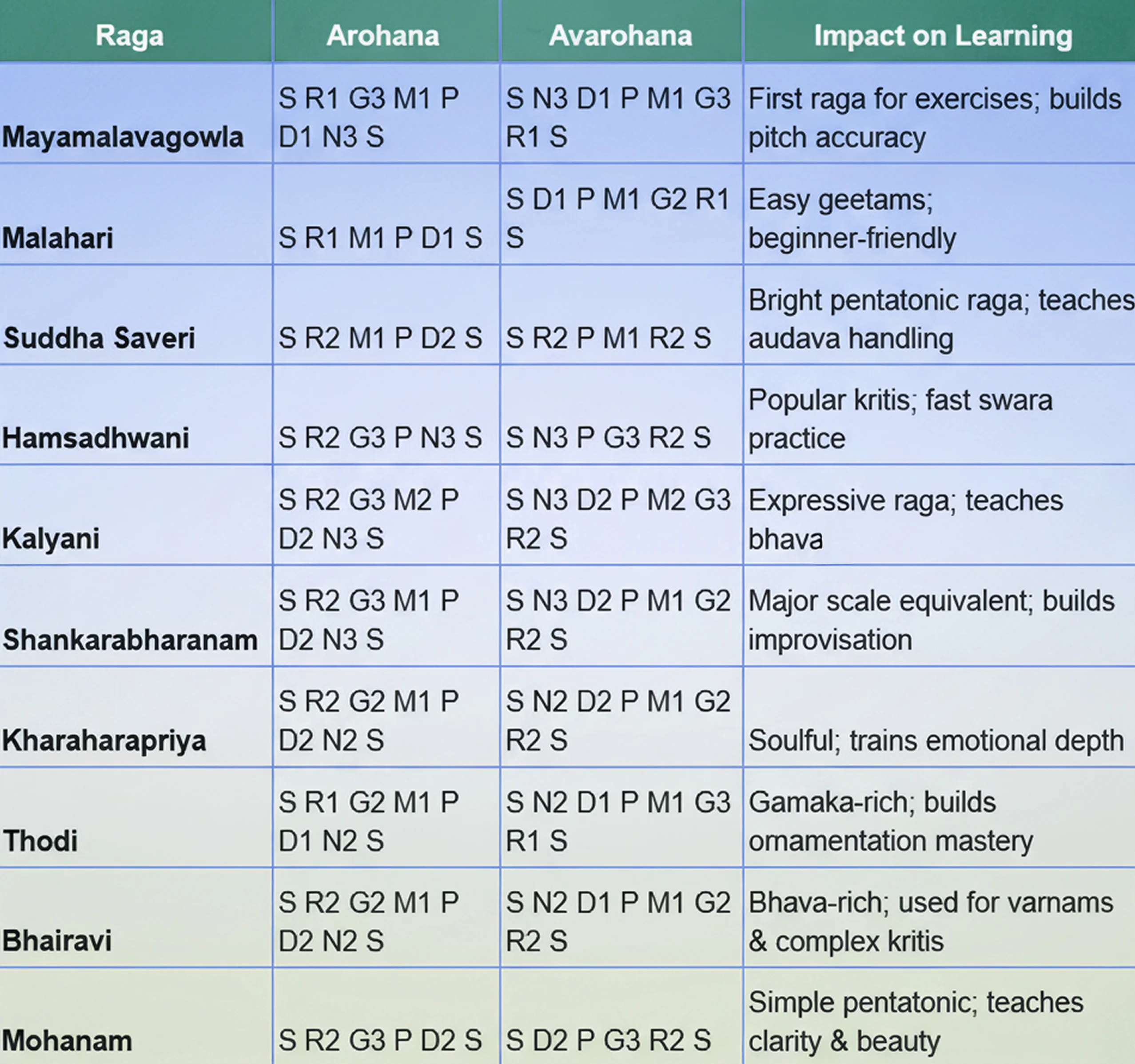
The Impact of Carnatic Music Ragas on Learning and Expression
The impact of 10 significant Carnatic Music Ragas lies in how they shape both learning and expression in the South Indian classical tradition. Each raga has a unique structure, mood, and cultural importance, offering students a chance to explore melody, emotion, and creativity. A carefully chosen list of Carnatic Ragas helps learners progress from simple to complex frameworks, starting with beginner-friendly scales like Malahari or Mohanam and gradually moving to deeper ragas such as Kalyani or Thodi.
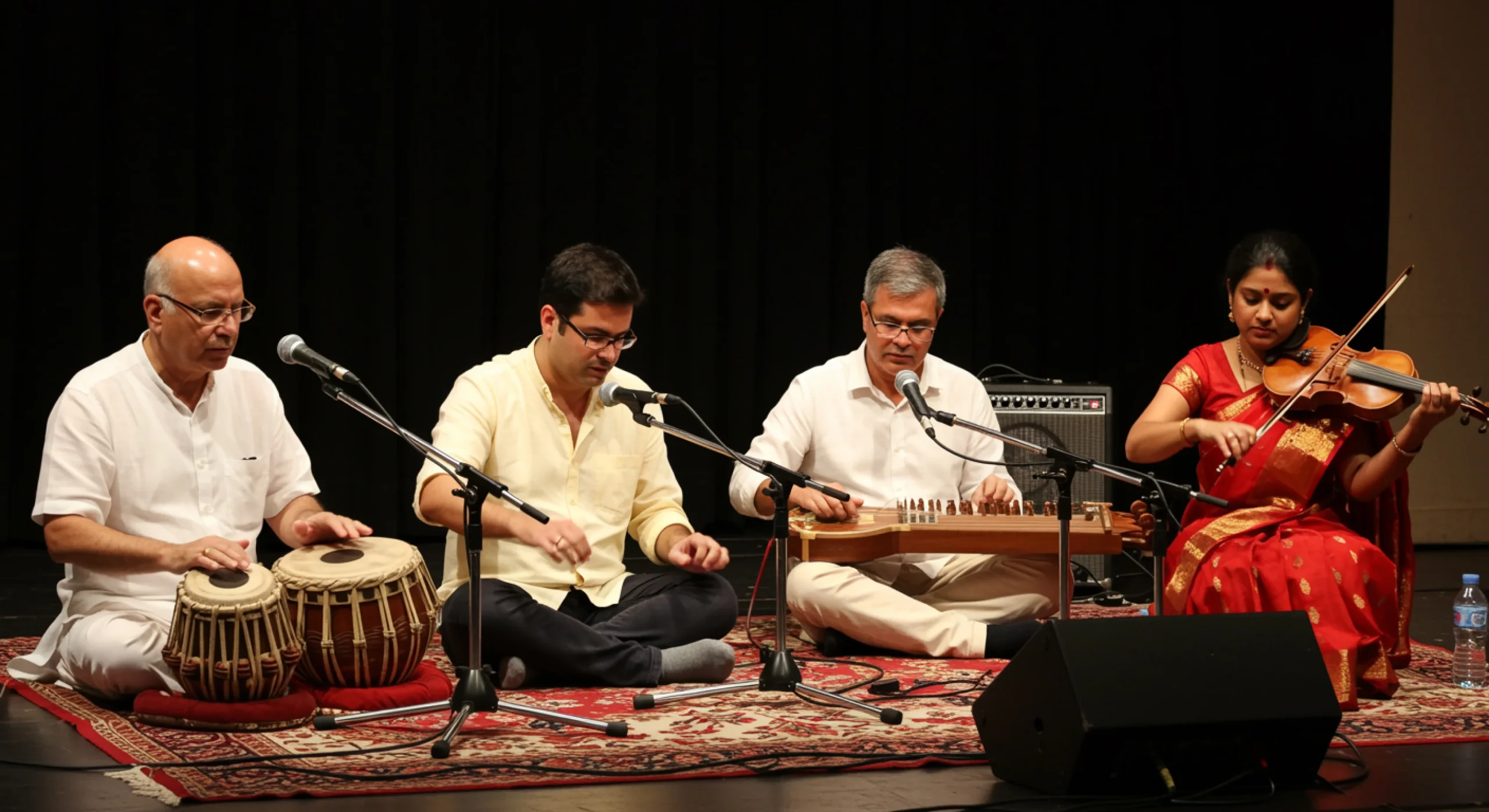
In the broader scope of Carnatic Music, ragas are more than just scales, they are living frameworks that inspire compositions, improvisations, and emotional depth. By practicing these 10 ragas, students develop essential skills in pitch control, rhythm, and gamakas, while also understanding how ragas bring bhava (expression) into every performance.
For those pursuing carnatic classical music, these ragas serve as stepping stones to master kritis, varnams, and manodharma (improvisation). They provide a strong foundation while also nurturing creativity and individuality in interpretation.
Embracing the Essence of Carnatic Music Ragas in Learning
This Carnatic ragas list shows how learners progress from simple ragas like Mayamalavagowla, Malahari, and Mohanam to more advanced and expressive ragas like Kalyani, Thodi, and Bhairavi. Each raga contributes uniquely to a student’s growth—whether in pitch accuracy, creativity, or emotional depth.
For anyone starting their journey in Carnatic music, mastering these ragas step by step is the key to developing both technical skills and artistic expression. Whether you’re attending traditional classes or taking online Carnatic lessons, these ragas will remain your lifelong companions in music.
At Artium Academy, learning Carnatic ragas is made simple and accessible to everyone through structured online Carnatic music classes. Whether you are a beginner curious about the basics of ragas or an advanced learner aiming to master their depth and nuances, Artium’s finest faculty guide you step by step.
With personalized online music classes, 1:1 sessions, interactive tools, and a curriculum designed by carnatic maestros, you can explore ragas like Kalyani, Malahari, or Mayamalavagowla from the comfort of your home at anytime. This online Carnatic music course is designed to introduce Carnatic music ragas for beginners in a structured way, making the learning journey inspiring, accessible, and deeply rewarding.
This flexible and engaging learning environment ensures that anyone, regardless of age or prior experience, can connect with the beauty of Carnatic music and grow steadily in their musical journey.
Also check,
Online Carnatic Music Tools
FAQs on Carnatic Music Raga List
Ragas are melodic frameworks in Carnatic classical music that define the structure, mood, and grammar of a song. Ragas considered as the foundation of South Indian Classical Music.
Mayamalavagowla is traditionally the first raga for beginners because it clearly demonstrates all swaras.
There are 72 melakarta ragas (parent scales) and hundreds of janya ragas (derived). They may be audava (5 notes), shadava (6 notes), or sampoorna (7 notes).
Malahari and Suddha Saveri ragas are simple, soothing, and easy to sing, with fewer notes. They help learners move from exercises to geetams smoothly.
Ragas like Kharaharapriya, Bhairavi, and Thodi are known for their bhava-rich nature and help students express emotions deeply.
Yes! With guided teachers and practice tools, online Carnatic lessons make it possible to learn ragas effectively from anywhere in the world.
Some ragas like Shankarabharanam are similar to the Western major scale, but Carnatic ragas also include gamakas (ornamentations), making them unique.
There is no single “most beautiful” raga in Carnatic music—it depends on each listener’s emotions and taste.
Popularly admired ragas include Kalyani (grand and devotional), Thodi (deep and emotional), and Bhairavi (graceful and soothing).
Every raga has its own charm, and its beauty lies in how it touches your heart.



